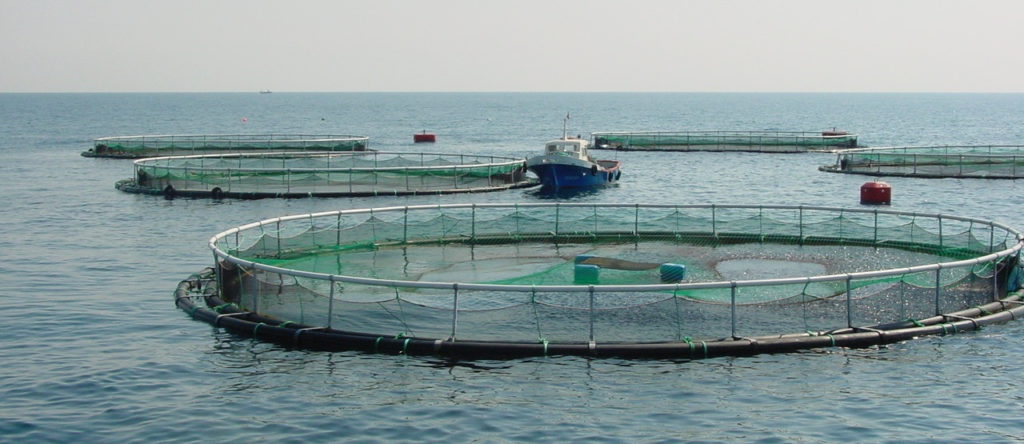Offshore aquaculture is the rearing of aquatic organisms in controlled environments (e.g., cages or net pens) in federally managed areas of the ocean. Federally managed areas of the Gulf of Mexico (Gulf) begin where state jurisdiction ends and extends 200 miles offshore, to the outer limit of the U.S. Exclusive Economic Zone (EEZ).
The National Oceanic and Atmospheric Administration (NOAA implemented the Aquaculture Fishery Management plan for the Gulf in 2009. Its purpose was to maximize benefits to the nation by establishing a regional permitting process to manage the development of an environmentally sound and economically sustainable aquaculture industry in federal waters of the Gulf. However, a Court ruling determined that the Department of Commerce did not have the authority to permit aquaculture under federal fisheries management law.
NOAA Fisheries is currently working to define Aquaculture Opportunity Areas in the Gulf. These are geographic areas that will be evaluated for their potential for sustainable commercial aquaculture that will foster expansion of the U.S. aquaculture industry as a complement to our wild capture fisheries. The criteria used to identify these locations include, but are not limited to, proximity to critical fish habitat and oil and natural gas infrastructure, historical fishing activity, and relative vessel traffic.
The following materials are provided for reference only:

